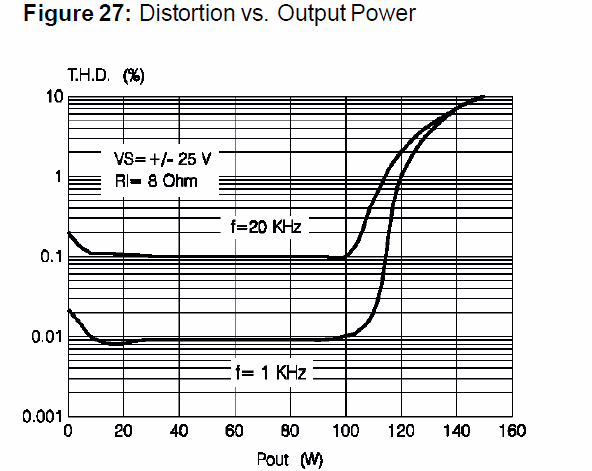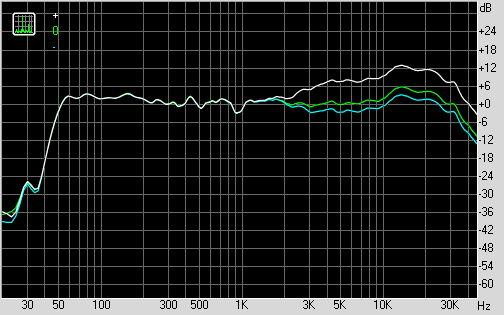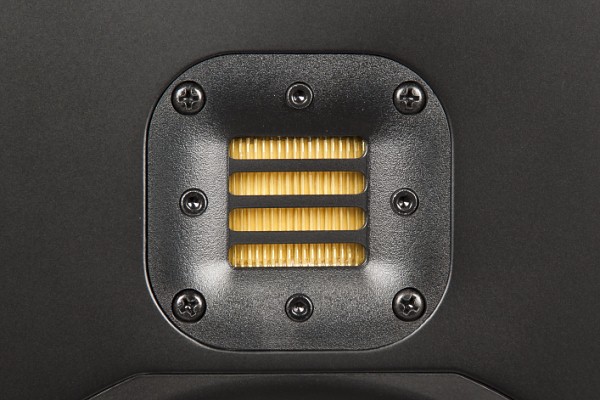Активные студийные мониторы ADAM F7
Grigory Lyadov
At Musikmesse 2012, ADAM introduced the new F series of inexpensive monitors, which includes two nearfields: the F5 and F7. Monitors being compact, a SubF subwoofer is suggested as an addition for full frequency monitoring.
As you may know, ADAM used to make all products at their own factory in Berlin, Germany. However, in order to enter the mainstream market, they have made an exception and moved the production of inexpensive monitors to China, where they have also opened a local office. Nevertheless, the F5 and F7 feature redesigned folded-ribbon ART tweeters and completely new mid-range dynamic heads. The new monitors have been designed from scratch, with speakers and enclosures optimized specifically for these models. With that, the new models have turned out to be much cheaper than any previous ADAM monitor. The key question is, of course, what is the sound quality like?
For testing, we received the higher-end ADAM F7 first. Basicallly , the F7 and F5 differ only in size. The tweeters are identical, and connectivity options are the same .
The carbon/paper cone is 14.5 cm in size (including the surround) which is close to those of the A7 and A7X models. Just to remind you, the AX series monitors have more advanced woofers made of carbon fiber/Rohacell/glass fiber.
According to ADAM, the folded-ribbon X-ART tweeters have been redesigned for the F series. Compared to those in the AX series, the new tweeters are smaller and less powerful.
The F series monitors feature phase inverter loading. The phase inverter slot faces forward, so you can position the speakers close to walls.
On the front, there are also two power indicators. The red one is on when power is supplied and in the energy saving mode. The green one lights up on signal and when the amplifier exits the sleep mode.
The monitors feature both balanced (XLR/TRS combo) and unbalanced (RCA) inputs. StereoLink is not supported.
The sound controls section has high and low-frequency filters (EQ >5kHz and EQ <300Hz, respectively), and the usual highpass filter switch—HP 80Hz (Sat) / Flat—for using monitors with a subwoofer. Surprisingly, the input sensitivity range is as wide as 12dB! You can see how these controls work in the measurements section. Above the highpass filter is a rubber stub, under which is a miniature tweeter sensitivity control. We discovered this experimentally with the help of RMAA. Strangely enough, the manual says nothing about this control, so you probably shouldn't mess with it unless there's a pressing need.
The F5 and F7 monitors feature type A/B amplifiers, which require heatsinks to dissipate heat. The heatsinks are situated inside the speakers to allow for wall mounting. Speaking of the latter, each monitor has a metallic plate with two screw holes on the back for a standard wall bracket.
The amplification path features two STMicroelectronics TDA7294 chips based on DMOS (double-diffused metal-oxide-semiconductor).

The TDA7294 chips are powerful enough and have been the choice of numerous vendors. At ±25V supply voltage, the power level reaches 100W with less than 0.1% distortion.
Измерения АЧХ
All tests were conducted with the RightMark™ Audio Analyzer PRO hardware and software kit. We also used the Earthworks M50 measurement microphone with the following specifications:
- Serial number: 9291C
- Sensitivity at 1kHz: 26.4 mV/Pa
- Frequency response at 20Hz–20kHz: 0.2 dB
- Frequency response at 3Hz–50kHz: +1/-3 dB (rolloff from 45kHz)





Sound Quality
To our great disappointment, the ADAM F7 monitors do not provide the same bright, detailed, and clear sound as the A and AX series. Even though the F7 shows no tonal colorization , it lacks detail across the entire frequency range. This is especially noticeable in the upper middle and high-frequency range.
Disregarding comparison with the higher-end ADAM monitor series, the F7 is a decent product which is good amongst inexpensive studio speakers. Like we've said, there are no major tonal colorizations and the sound quality is good in the problematic crossover frequency range .
There's some criticism that FR degrades when we move even the slightest bit away from the sweet-spot. The optimal spot is located on the tweeter axis or a bit lower.
The well designed bass reflex scheme provides good sound quality in the low-frequency range. Our measurements show low-frequency coverage down to 50Hz. However, we recommend using the highpass filter switch, even without a subwoofer. The thing is the phase inverter muffles slightly which doesn't improve the sound quality in the low-frequency range. The provided EQ <300kHz control doesn't compensate this completely. So the best way is to use the HP 80Hz (Sat) switch.
These days, numerous Chinese manufacturers try using ribbon tweeters in their monitors, but frankly the results have been mediocre. The ADAM F series monitors sound better than other attempts at using ribbon tweeters and the closest to the high-quality ADAM AX/SX series boasting the original X-ART tweeters.
Conclusions
We agree with ADAM that the F series monitors are affordable entry-level products for the mainstream. However, F5 is better suited for this market segment, having the most attractive price. In turn, the F7 monitors are priced similarly to the higher-end A5X, featuring full-fledged speakers and offering better sound. For this reason, we believe the hype around F7 will soon cease, and prices will drop to normal in a couple of months.
We'd like to stress it one more time that, unfortunately, the miracle hasn't happened. The ADAM F series monitors have not become the breakthrough like the ADAM A and AX series, which in due time thrilled the market and set a new standard of quality. Yet this is not a reason to be disappointed. ADAM has just started establishing manufacture in China, which is a long and complex procedure. The year 2013 promises to bring a lot of fierce fights for the mainstream market. And we'll be keeping track of the situation to help you make the right choice.





